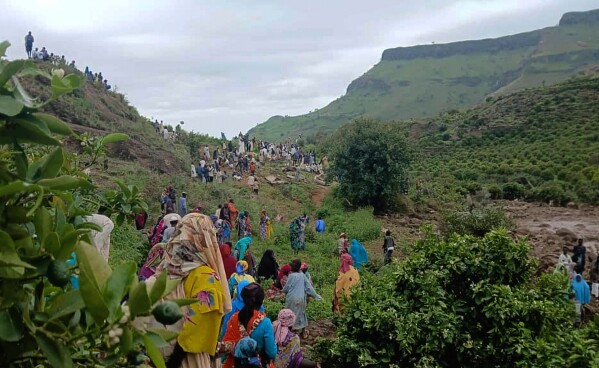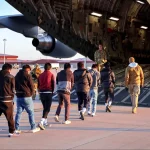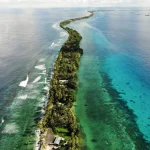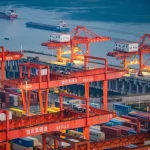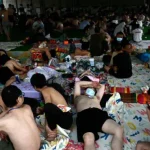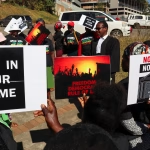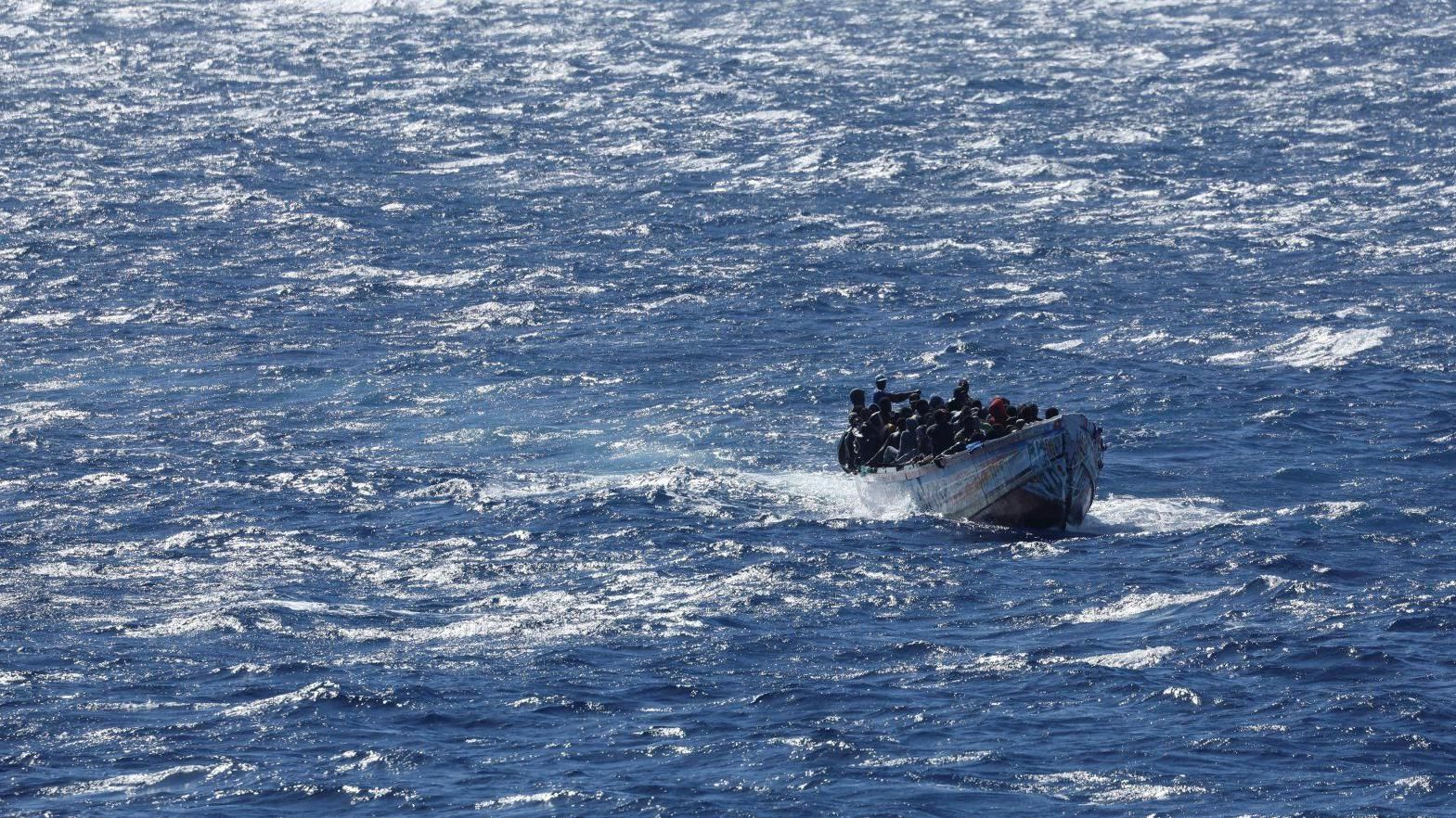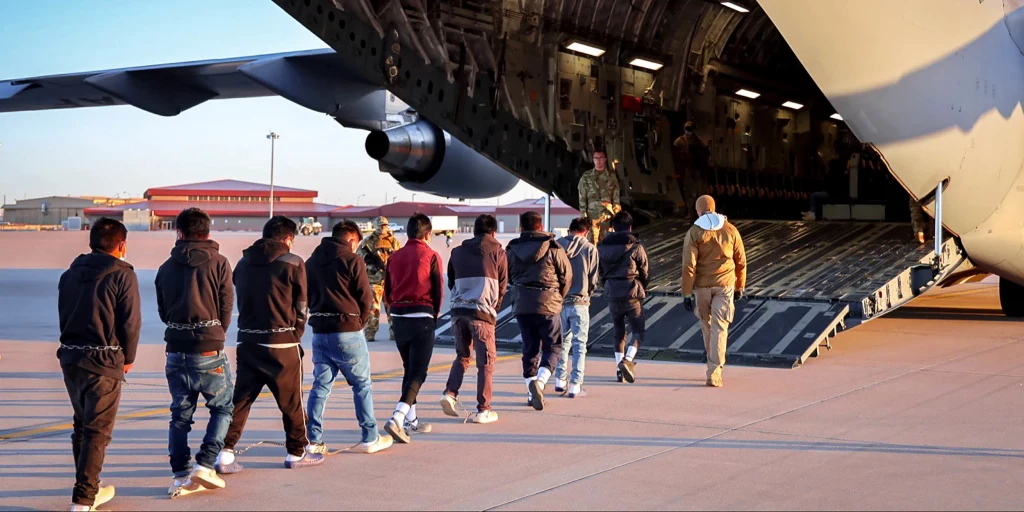Sudan, a country already struggling with conflict, political instability, and humanitarian crises, has been struck by yet another tragedy. A devastating landslide in the country’s south has reportedly killed more than 1,000 people, according to claims made by a rebel group active in the region. While official confirmation from the Sudanese government remains limited, the scale of the disaster has raised alarm both domestically and internationally. The reported toll makes this one of the deadliest natural disasters in Sudan’s recent history, further compounding the suffering of a population already enduring the consequences of war and displacement.
- The Context of the Sudan Landslide
- Rebel Group’s Role in Reporting the Death Toll
- The Humanitarian Crisis in Sudan
- Environmental Vulnerabilities and Climate Change
- Government Response and International Aid
- Eyewitness Accounts and Survivor Stories
- The Role of Media and Information Gaps
- Global Reactions and Calls for Action
- FAQs
- What caused the Sudan landslide?
- Who reported that over 1,000 people were killed?
- Why are casualty figures disputed?
- How has the Sudanese government responded?
- What role does climate change play in Sudan’s disasters?
- What challenges face humanitarian aid efforts?
- Conclusion
The disaster highlights not only the fragility of Sudan’s environment but also the vulnerabilities of communities caught between natural calamities and ongoing armed conflict. The tragedy has opened up pressing questions about the reliability of casualty figures reported by warring factions, the ability of the Sudanese government to respond effectively, and the international community’s role in providing humanitarian aid.
The Context of the Sudan Landslide
Landslides in Sudan are relatively rare compared to floods and droughts, but when they do occur, they tend to devastate poorly protected communities. The landslide is said to have occurred in a mountainous area where local villages were built on fragile terrain. Heavy seasonal rains reportedly triggered the collapse of unstable slopes, burying homes, markets, and roads beneath tons of rock and mud.
The rebel group that reported the incident claims that entire villages were “wiped off the map,” with many victims still trapped under debris. However, without independent verification, details remain unclear. Government officials have acknowledged the landslide but have provided casualty figures far lower than those cited by rebel sources, creating a dispute over the true scope of the disaster.
Rebel Group’s Role in Reporting the Death Toll
The primary source of the figure surpassing 1,000 fatalities is a rebel faction operating in southern Sudan. These groups, often at odds with the central government in Khartoum, control swathes of territory and provide their own narrative of events within their regions. While their claims may be accurate, skepticism lingers due to the political motivations behind such announcements.
Experts caution that in conflict zones, casualty figures are frequently weaponized to draw international attention, secure aid, or undermine government credibility. In this case, the rebel group has accused the Sudanese government of downplaying the disaster and failing to provide adequate emergency response to the affected population.
The Humanitarian Crisis in Sudan
Even before the landslide, Sudan was facing one of the world’s worst humanitarian emergencies. According to the United Nations, nearly 25 million Sudanese—over half the population—require humanitarian assistance due to the ongoing civil war, food insecurity, and widespread displacement. Millions have been forced from their homes, with refugee camps struggling to meet basic needs.
The landslide compounds this crisis, adding yet another layer of suffering. Survivors are reportedly in urgent need of shelter, medical care, and clean water. Rescue operations are said to be hampered by ongoing fighting in the region, poor infrastructure, and the sheer scale of the disaster. With entire villages buried, recovery is expected to take weeks, if not months.
Environmental Vulnerabilities and Climate Change
Sudan is no stranger to climate-induced disasters. Over the last two decades, the country has seen worsening floods, droughts, and desertification. Environmental experts argue that climate change is intensifying the frequency and severity of extreme weather events, placing additional stress on fragile ecosystems and communities.
In regions prone to landslides, deforestation, unregulated mining, and poor land management have further destabilized soil and rock formations. Local residents often build homes on marginal land because of displacement and lack of alternatives, making them highly vulnerable to environmental shocks. This landslide serves as a tragic reminder of how climate vulnerability intersects with political instability to amplify human suffering.
Government Response and International Aid
The Sudanese government has acknowledged the disaster but has not confirmed the rebel group’s reported death toll. Officials claim that emergency teams are on the ground, though limited access to the affected area has slowed the response. Critics argue that the government’s focus on ongoing military campaigns has diverted attention and resources away from disaster relief, leaving ordinary citizens to fend for themselves.
The international community, including humanitarian agencies such as the Red Cross, Médecins Sans Frontières, and the United Nations, has expressed concern and pledged support. However, aid delivery faces significant challenges, including blocked roads, lack of security guarantees from warring factions, and logistical hurdles in transporting supplies to remote regions.
Eyewitness Accounts and Survivor Stories
Survivors of the landslide have shared harrowing accounts of the disaster. One man described how the ground “shook like an earthquake” before massive boulders and mud came crashing down the mountainside. He managed to escape with his children but lost his wife and two siblings. Another survivor said his entire village vanished within minutes, with dozens of neighbors buried alive.
These personal stories underline the human dimension of the tragedy, beyond numbers and political disputes. They also emphasize the urgent need for coordinated rescue efforts and long-term solutions to mitigate the impact of future disasters.
The Role of Media and Information Gaps
Information coming out of Sudan is often fragmented due to restrictions on independent media and the dangers journalists face in conflict zones. This makes it difficult to verify claims, including casualty figures. In this case, rebel groups have sought to dominate the narrative, while government officials have issued more conservative estimates.
Analysts warn that without independent verification, the true extent of the disaster may never be known. Nonetheless, the scale of destruction, even by conservative counts, highlights the dire humanitarian consequences.
Global Reactions and Calls for Action
The landslide has sparked international concern, with foreign governments and aid organizations calling for an immediate humanitarian corridor to deliver aid to affected communities. Neighboring countries have also expressed solidarity, though regional instability limits their ability to assist.
The disaster comes at a time when global attention is already stretched thin by multiple crises, including conflicts in Ukraine, Gaza, and other parts of Africa. Advocates fear that Sudan’s tragedy may not receive the urgent international response it desperately requires.
FAQs
What caused the Sudan landslide?
The landslide was triggered by heavy seasonal rains that destabilized mountainous terrain, causing massive rock and mudslides to engulf villages in southern Sudan.
Who reported that over 1,000 people were killed?
A rebel group operating in the region claimed that the death toll surpassed 1,000, though official government figures remain lower and unverified.
Why are casualty figures disputed?
In conflict zones like Sudan, casualty figures often vary between government sources and rebel groups, each with political motivations to downplay or exaggerate the scale of events.
How has the Sudanese government responded?
The government has acknowledged the disaster and deployed emergency teams, but critics argue that the response has been slow and insufficient given the magnitude of the tragedy.
What role does climate change play in Sudan’s disasters?
Climate change has intensified extreme weather events in Sudan, increasing the frequency of floods, droughts, and landslides. Poor land management and deforestation exacerbate the risks.
What challenges face humanitarian aid efforts?
Ongoing conflict, blocked roads, and insecurity in the affected regions hinder aid delivery and rescue operations, leaving survivors with limited assistance.
Conclusion
The Sudan landslide, with its disputed death toll reportedly exceeding 1,000, reflects the devastating intersection of natural disaster, armed conflict, and humanitarian crisis. Whether or not the rebel group’s figures are fully accurate, the undeniable reality is that countless lives have been lost, families shattered, and communities buried. This catastrophe underscores the urgent need for international attention, immediate humanitarian aid, and long-term strategies to strengthen Sudan’s resilience against climate-related disasters.
At its core, this tragedy is not just about numbers—it is about people. Their survival, dignity, and future depend on swift action from both the Sudanese authorities and the global community. The landslide is a stark reminder that in a world increasingly defined by overlapping crises, neglecting the most vulnerable carries devastating consequences.



